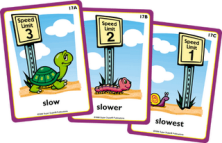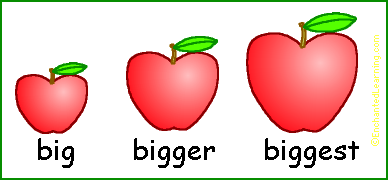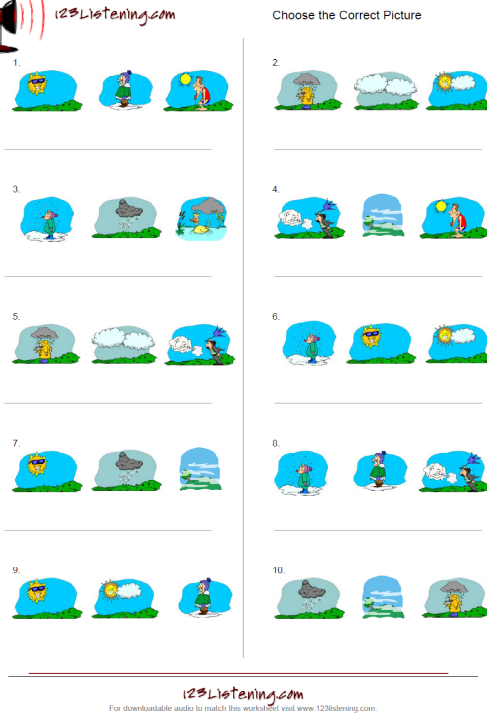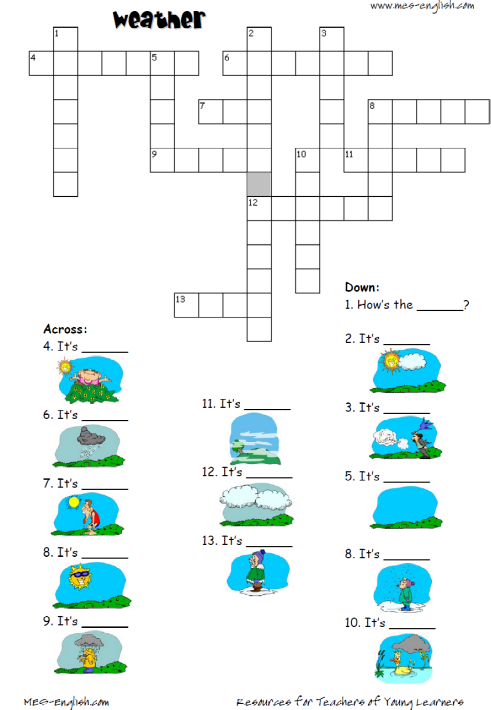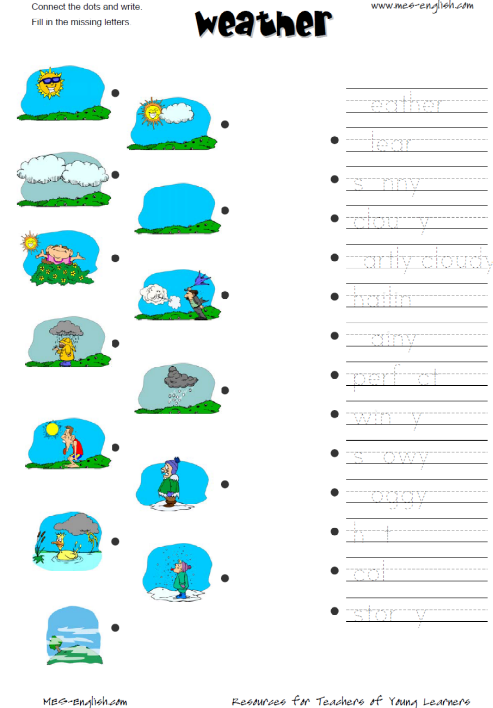| LESSON: Animals
| School: school № 1 |
| DATE:21.07.17 | Teacher name: Igniyazova Aigul |
| Class: grade 5 | Present:12 | Absent:0 |
| Learning objectives | 5.S7 use appropriate subject – specific vocabulary and syntax to talk about a limited range of general topic 5.R2 understand with little support specific information and detail in short, simple texts on a limited range of general and curricular topics 5.UE3 use a growing variety of adjectives and regular and irregular comparative and superlative adjectives on a limited range of familiar general and curricular topics |
| Level of thinking skills | Higher order of thinking levels |
| Assessment Criteria | - Use variety of adjectives on a limited range of familiar general and curricular topics
|
| Lesson objectives | All learners will be able to: • Understand and speak about the idea of the text using new words Most learners will be able to: • Ask and answer the questions, regular and irregular comparative and superlative adjectives with support Some learners will be able to: • Read the about the animal with a little support |
| Language objectives | Key words: Bear, giraffe, seagull, goat, snake, monkey, tiger, wolf ,cat, camel, cow, dog etc Useful classroom language/dialogue What kind of animals do you like? What kind of animals live in desert, forests? |
| Cross curricular links | Biology, Geography |
| Values links | respect, cooperation, friendship, we should love animals |
| Previous learning | Plants.Venn diagram. Compare plants and trees  
|
| Plan |
| Planned things | Planned activities | Resources |
| Start
min | Organizing moment. Greetings Dialogue with the duty
II. Warm-up activities. Phonetic drill. Teacher ask learners: What can you see on this picture? Teacher checks their knowledge of how they know the names of some animals. 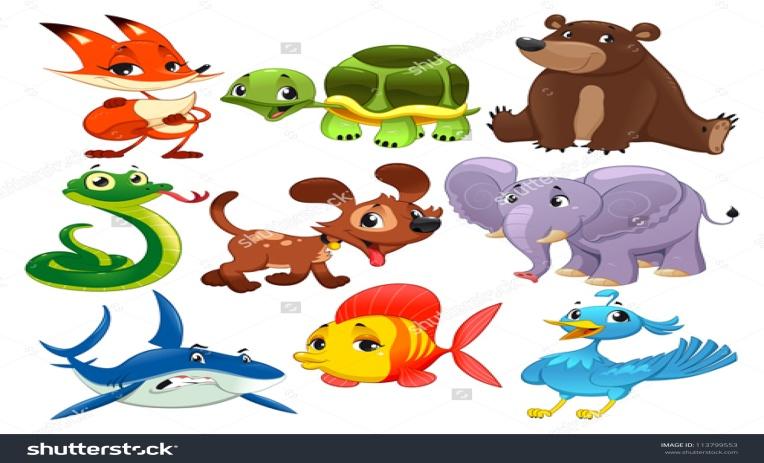
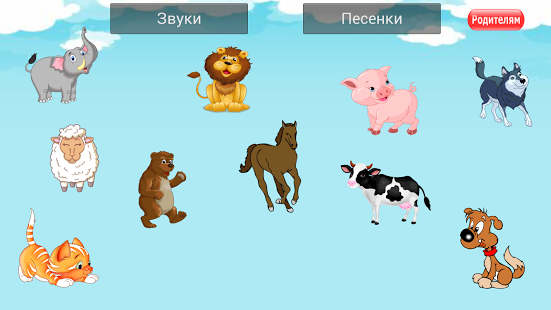
Through these pictures I will divide into two subgroups. I will cut these pictures, they should collect and then will find their groups name. Learners are divided into 2 groups by the picture with domestic and wild animals Group I- domestic animals Group II- wild animals III Brainstorming Then teacher lets the learners know the LO of the lesson.Teacher starts a word snake on the board using animals,to continue the snake learners have to use the last letter of the following word.Ex:cat-tiger-rabbit-turtle-elephant-etc.
IV. To interview new words and repeat chorally teacher will pronounce every word students will repeat the new words:
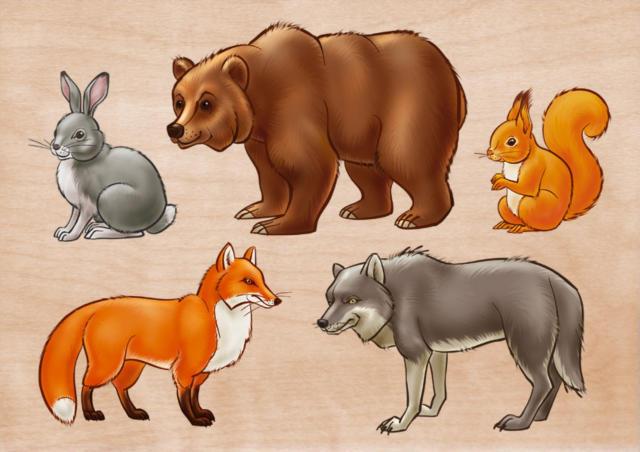
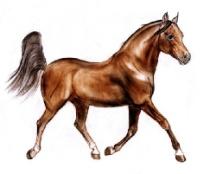 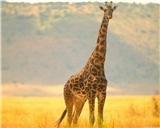  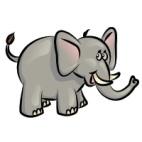
  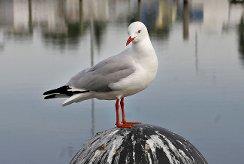 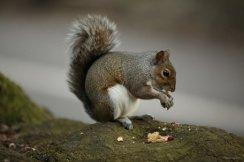 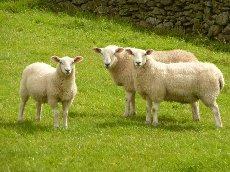
fox, tiger, wolf, elephant, hare, horse, bull, sheep, eagle, squirrels, giraffe,bear, monkey, seagull, parrot, goat, lion,thin,long,small,sharp, wide,thick
V. Hot Chair activity: Teacher takes an empty 2 chairs one for each team-and put them in front of the class,facing the team members.Teacher explains to the learners that these chairs are the hot chairs.Learners must answer the questions about new words. Bear – аю – медведь,fox-түлкі-лиса.Give picture to each group and give meaning into Russia and Kazakh. |
Pictures of compass with colored parts of direction.
Slide
https://www.youtube.com/watch?v=sx6W1ucnCUk
http://go.mail.ru/search_images?fr=sct&sbmt=1500442591693&q=picture+sheep&=#urlhash=5292913671574908738 |
|
Middle
15 min | Look at these pictures. What differences can you see?
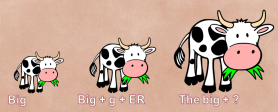 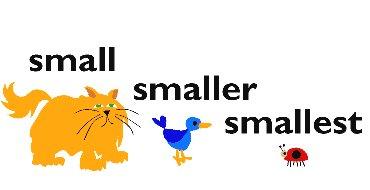
Task 1. Put the adjectives in the comparative or superlative forms.Strategy ‘no hands questioning’ Learners awere that those required to give an answer,will be selected by the teacher(Individual drill) 1 Dogs are ............. (friendly) than cats. 2 Dolphins are .............(intelligent) animals of all. 3 Giraffes have got ............. (long) legs than elephants. 4 Parrots are ............. (colourful) birds of all. 5 Cheetahs are ............. (fast) of all land animals. 6 Horses are .......... (big) than goats. 7 Dogs make ........... (good) pets of all. 8 Elephants are ..........(heavy) than goats.
Task 2. ‘ yes or no answers only’:method (group drill) Learners have only 20 questions to ask in order to discover the information. However, the person being questioned can only answer ‘Yes’ or ‘No’. Is he big?Is he tall?Is he small? Has it got a long neck?Has it got a long nose?He is brown?Etc.   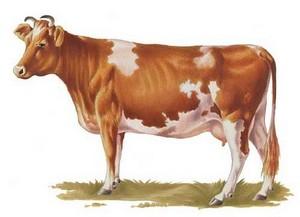
|
Picture
Pictures on PPT
Picture |
| Descriptor | A learner |
|
| Assessment
| Formative assessment: pupils get emotional smileys. | 0-2mistakes | 3-4mistakes | 5or more | | 
| 
| 
|
|
Smileys |
| 10min | VII Reading Read the text “ The Ghost of the Mountains” A ghost lives high up in the mountains of central Asia. It hides in the forests and usually only comes out at night. People rarely see it, but it leaves tracks in the snow. This isn’t a real ghost. This is the snow leopard, a big cat that they call the ‘ghost of the mountains’. The snow leopard has thick fur with black spots on its head, body and long tail. Its fur protects it from the freezing cold. Its spots help it hide from its prey. It also has big paws to help it walk on the snow. Snow leopards eat wild sheep and goats. When they attack other animals, they can easily jump up to 50 feet. They are very strong and can kill animals that are three times bigger than them. Luckily for us, they rarely attack humans. Sadly, the snow leopard is an endangered species. There are now only 4,080 to 6,590 of them. In Kazakhstan, there are fewer than 200. Let’s hope that the snow leopard survives and doesn’t become a real ghost of the mountains ‘Listening battle’ method. Words with cards printed out. At first learners listening video then show a card ghost • high up • mountains • hide • forest • come out • tracks • thick • fur • spots • tail • protect • prey • paws • wild • sheep • goat • attack • jump • kill • endangered species • hope • survive
VIII task for all learners ‘Open questions’ strategy Teacher will ask questions then children will answer. 1Where do snow leopards live? 2 What do snow leopards look like? 3 What keeps snow leopards warm? 4 What do snow leopards eat?
Task for most learner Complete the sentences 1 They call the snow leopard a .............................. because few people see one. 2 A snow leopard’s spots help it .............................. from other animals. 3 There are lots of .............................. animals in the mountains. 4 Endangered .............................. need protecting. 5 I ..............................I see a snow leopard one day.
Task for some learners. True or False A ghost lives high up in the mountains of central Europe. …. Snow leopards eat wild sheep and goats .…. ….. Its spots help it hide from its prey. …. ….. It also has big paws to help it walk on the snow. ….
|
English. Grade 5.Creativity 2 Student’s book
Cards
Worksheet 1,2 |
| Descriptor | writes in an appropriate style; reads the paragraphs for general information and matches the headings with the paragraphs; reads the paragraphs again to find factual details and distinguishes true, false statements |
|
|
Assessment
| Formative assessment: pupils get emotional smileys. | 0-2mistakes | 3-4mistakes | 5or more | | 
| 
| 
|
|
Smileys
|
|
End
8 min | Writing: "text message"method . Ask learners to compose a text message that explains their learning. Just like a text message they will only be able to use a limited number of words. Giving homework: Feedback: The tree of knowledge. 1.What I have learnt….. 2. What task I am interested in…. 2. What task was difficult for me…. Home task: To make up sentences using adjectives in the comparative or superlative forms. |
|
| Addition al Information | cards, pictures, video…… |
| Differentiat ion-how do plan to give more support? How do you plan to challenge the more able learners? | Assessment-how are you planning to check learners learning?
| Cross-curricular links health and safety check ICT links Values links |
| Worksheet sort To give different interesting tasks, to teach the pupils to think logically using their fantasy and creativity. | Peer and self-assessment | Name: Class: | 
| 
| 
| | I can spell the words correctly |
|
|
| | I can listen and understand a lot of information about animals |
|
|
| | I can speak about animals |
|
|
| | I can use comparative and superlative adjectives |
|
|
| | Total: |
|
|
|
|
-Biology, Geography - respect, cooperation, friendship, we should love animals -Friendly atmosphere in class. |
| Reflection Where the lesson objectives/learning objectives realistic? Did all the learners achieve lesson objectives/learning objectives? Did my planned differentiation work well? Did I stick to timings? What changes did I make from my plan and why? |
Students achieved lesson and learning objectives. I think my objectives were realistic. Because I see the results.
Differentiated worksheet helped to involve all learners to the lesson. The learners learned some new words belong to the topic “Animals”. Learners took active part in different tasks and activities, to collaborate working in small groups, shared ideas, tried to ask and answer the questions.
Described pictures, gave us a lot of information about animals using internet. |
|
| Summary evaluation What two things went really well (consider both teaching and learning)? 1.Presentation new words with pictures and check with the method “mnemonis”. 2.Match the comparative /superlative adjectives with the pictures and make sentences. What two things would have improved the lesson (consider both teaching and learning)? 1.Speak about their favourite animals. 2.Make more sentences. What have I learned from this lesson about the class or individuals that will inform in my next lesson? |

















